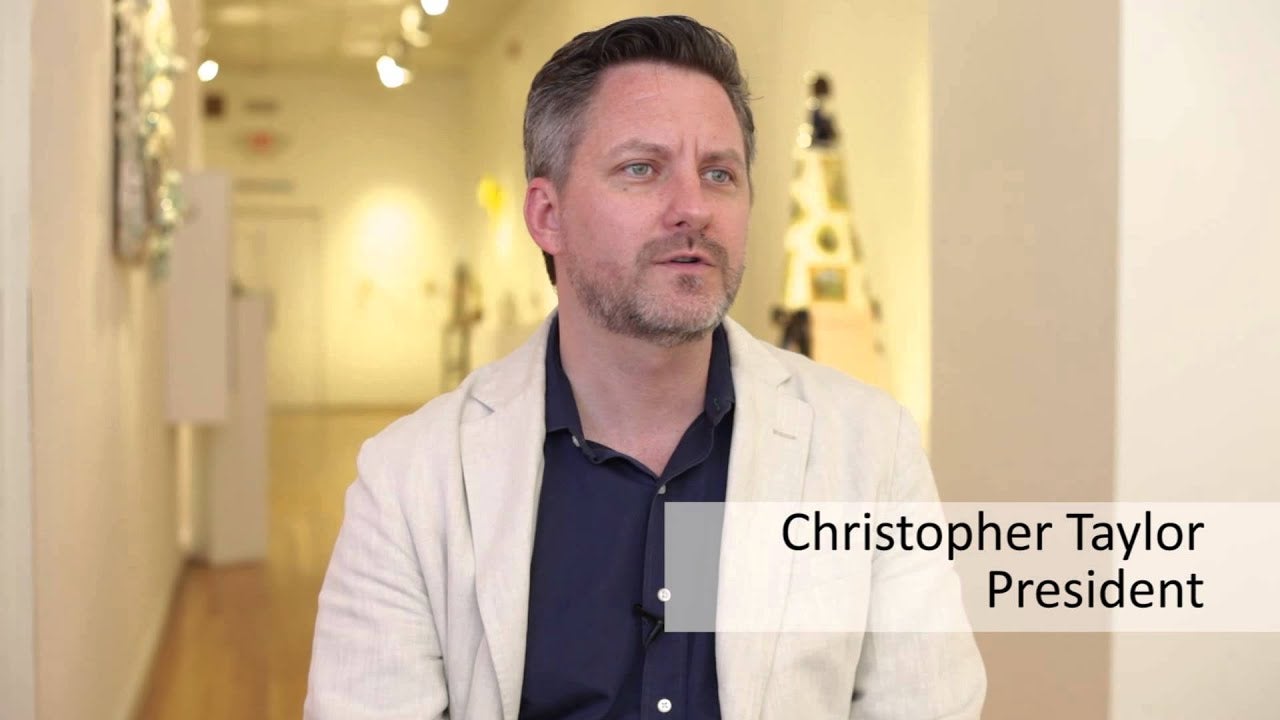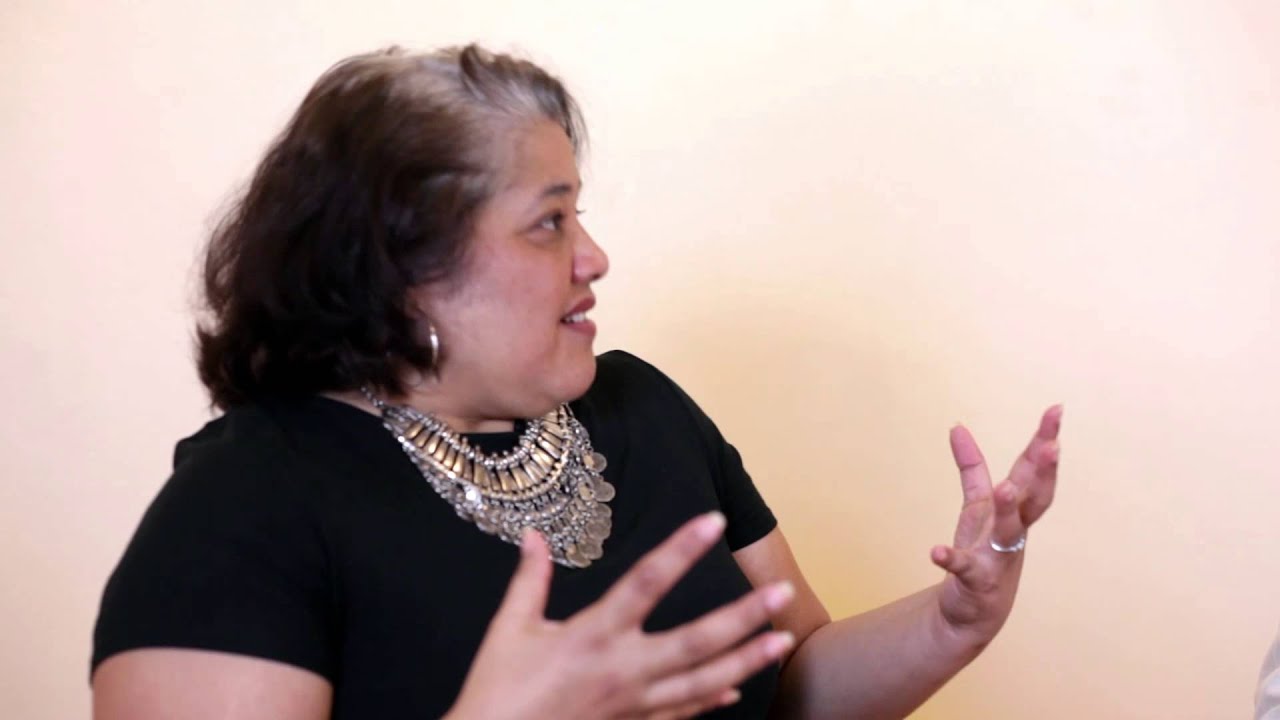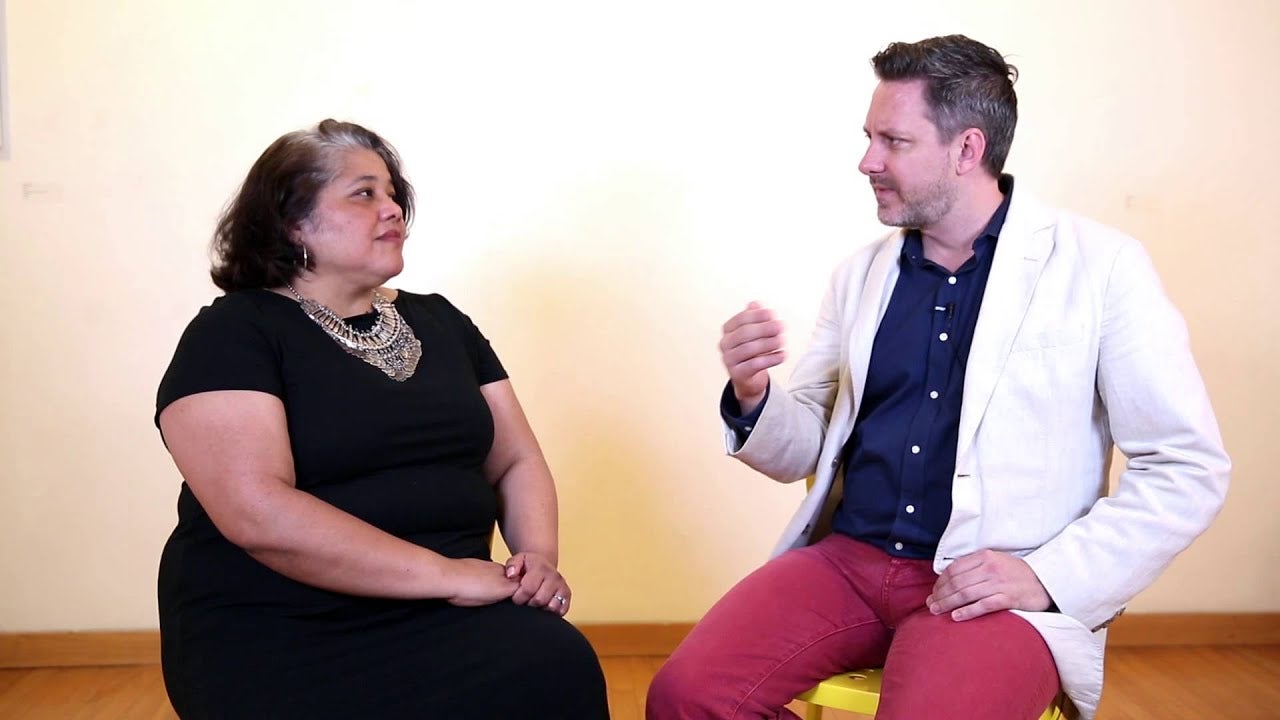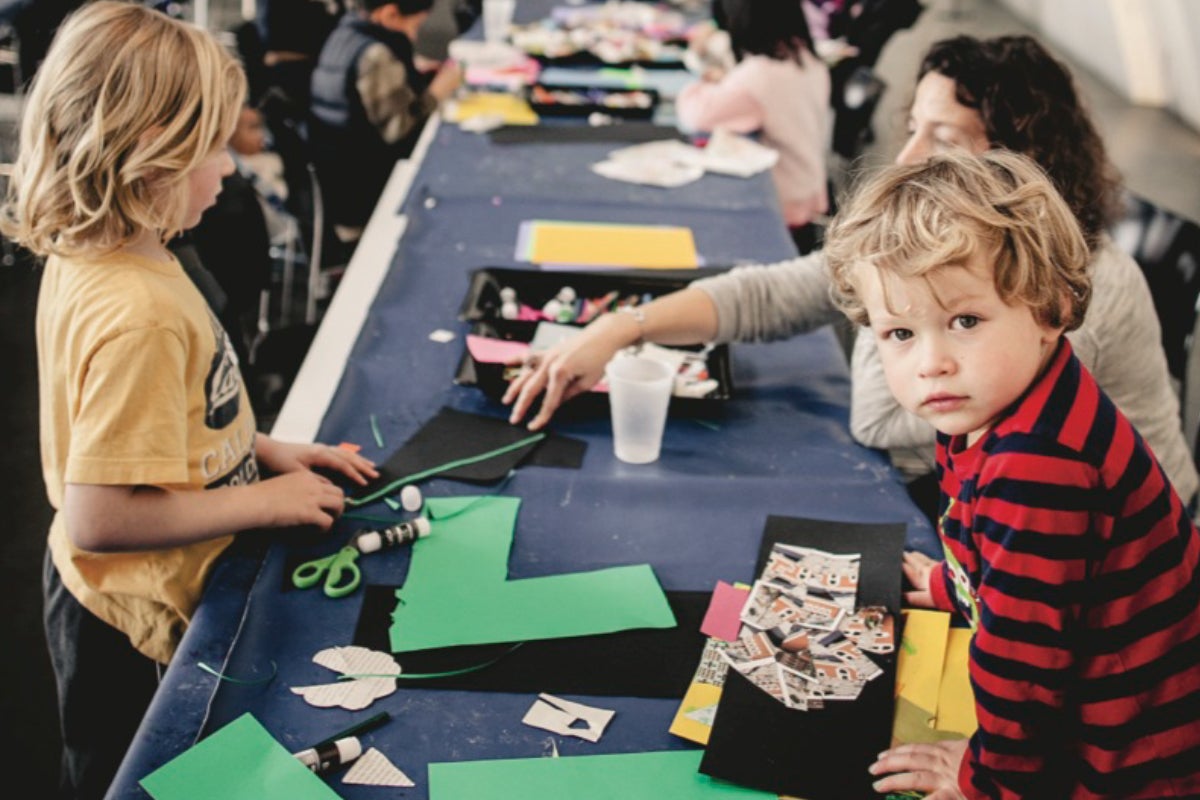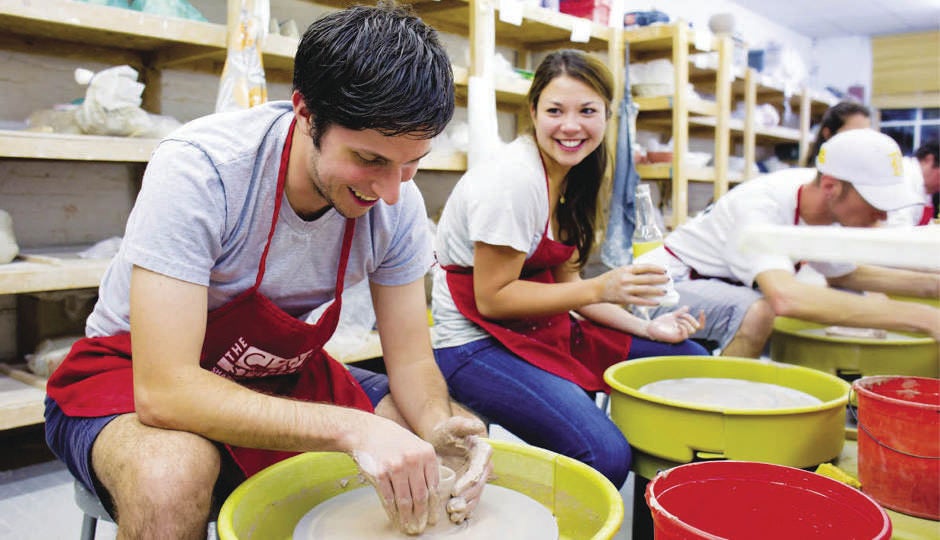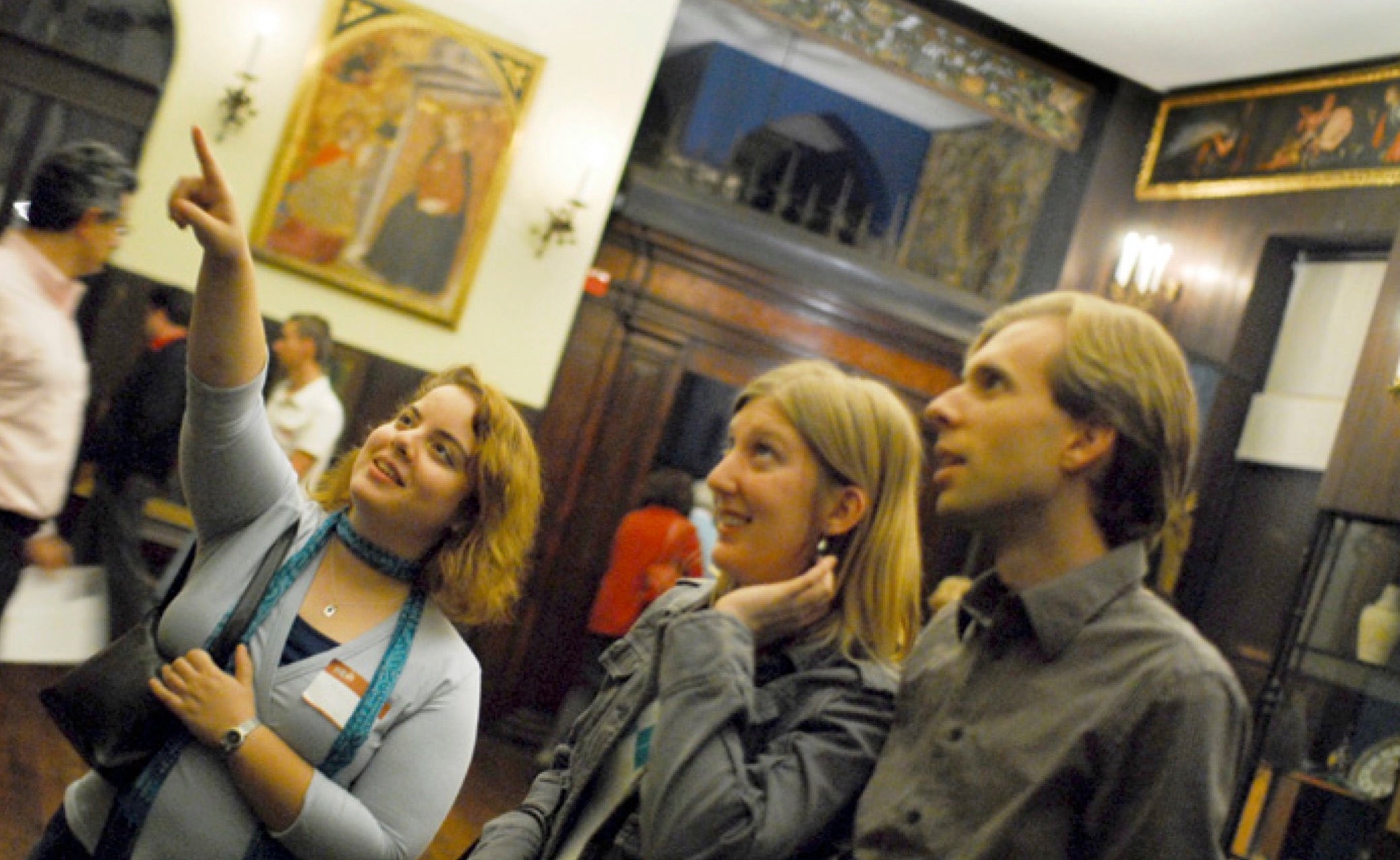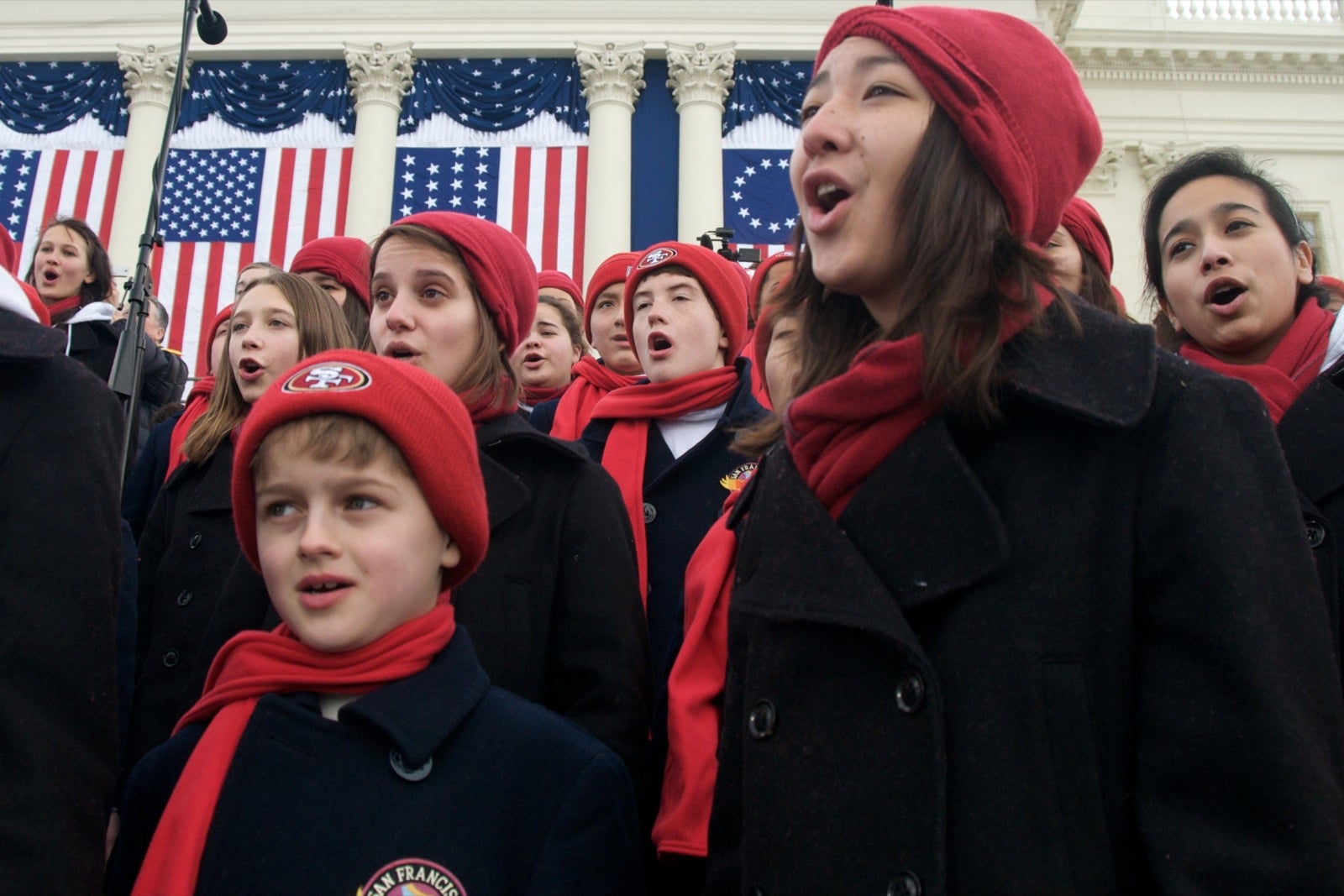Breadcrumb
- Wallace
- Reports
- Staying Relevant In A Changing N...
Staying Relevant in a Changing Neighborhood
How Fleisher Art Memorial is Adapting to Shifting Community Demographics
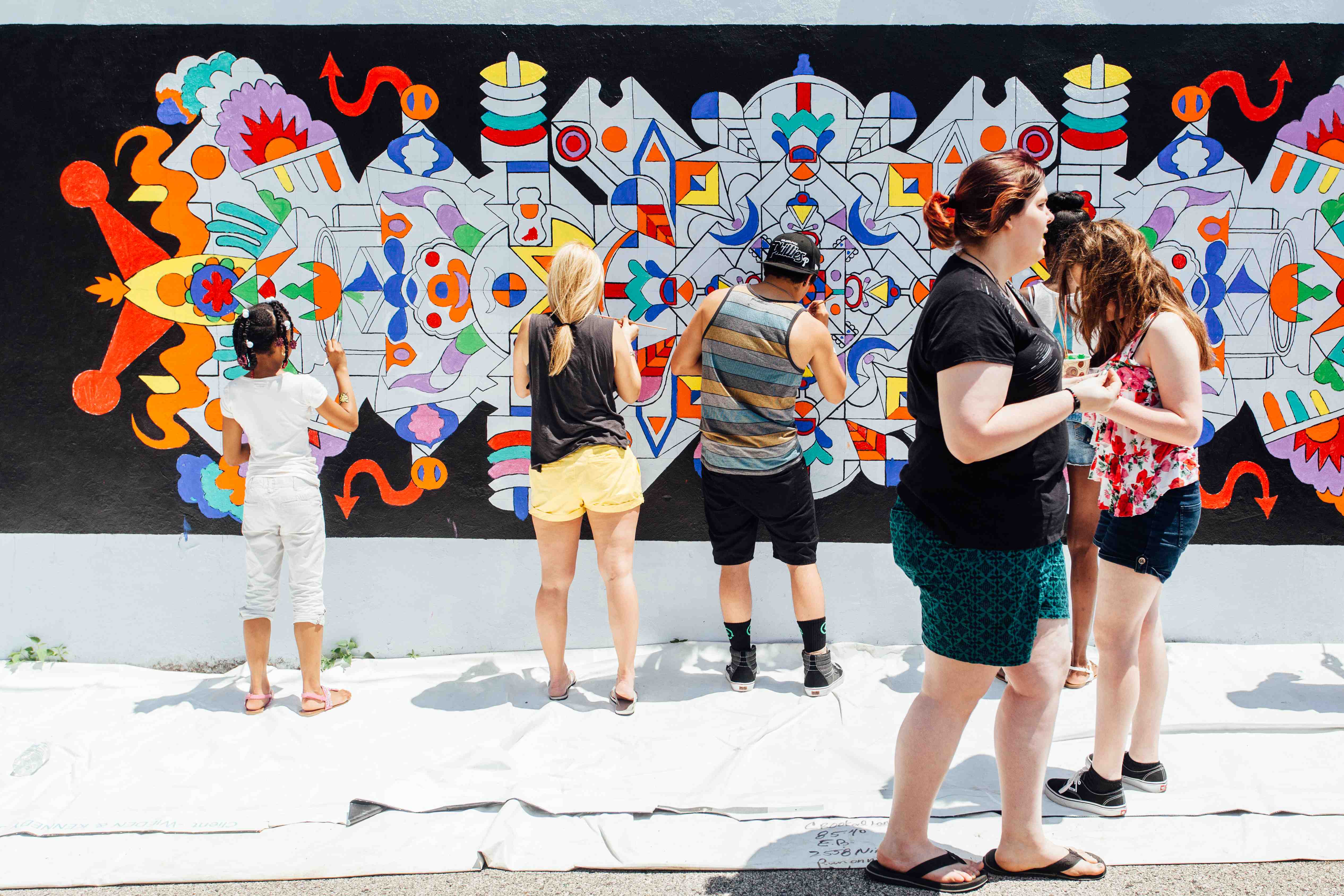
- Author(s)
- Bob Harlow and Pat Wechsler
- Publisher(s)
- Bob Harlow Research and Consulting, LLC
Summary
How we did this
This case study examines how Fleisher Art Memorial attracted recent immigrants in its community to its programs. It is the product of multiple interviews with key staff and analysis of program elements, budgets, and planning documents.
Fleisher Art Memorial faced a serious problem: The many new immigrants in its Southeast Philadelphia community didn’t see the nonprofit art school as a place for them. This case study explores how Fleisher turned those perceptions around by building their neighbors’ trust in the institution.
The article is part of a set of case studies and reports looking at the efforts of arts organizations that received Wallace Excellence Awards to reach new audiences and deepen relationships with current ones. The pieces examine projects at 10 of the 54 organizations that received WEA grants between 2006 and 2014.
A 2018 update shows how Fleisher continues to strengthen its community ties through research and self-reflection.
Bringing Programs to the Community
Preliminary research revealed that many newly arrived residents from Latin America, China, and Southeast Asia viewed the school as unapproachable and unwelcoming.
To address this problem, Fleisher increased its presence in the community. Doing so helped the school to demonstrate what the school offered and its commitment to the neighborhood. Those steps included:
- Making ARTspiration! more relevant. Fleisher changed its annual free community arts festival to feature local performance groups and food representing diverse ethnic communities.
- Putting programming on wheels. ColorWheels was designed as a mobile workshop that could meet children and families in public spaces or at events.
- Recruiting “FAMbassadors.” These were local residents who spread the word about Fleisher.
- Amplifying existing relationships. Fleisher reached out to community organizations serving underrepresented and newly arrived groups.
Getting the Staff Engaged
The new strategy required all staff to take part in community engagement. That meant equipping them with the right skills to work with a new audience through:
- Cultural competency and community engagement training
- Onsite workshops with experts from social service agencies
- Visits to the community
Results Show Progress
Fleisher’s efforts paid off. Research showed that, several years after launching its initiative, one quarter of students in on-site classes and workshops were from Southeast Philadelphia, up from one-fifth. Teens and children from that area constituted 36 percent of the enrollees in Fleisher’s on-site youth programs, up from 25 percent.

We don't call it outreach. Outreach sounds temporary. It is not part of an institution; it's something added onto an institution.
— Magda Martinez, Fleisher's director of programs
Key Takeaways
- Preliminary research revealed that many newly arrived immigrants in the community viewed Fleisher as unapproachable and unwelcoming.
- Fleisher increased its presence in the community to demonstrate what the school offered and its commitment to the neighborhood.
- The school provided the staff with the skills and tools to work with new audiences in new ways.
- The percentage of teens and children from the surrounding neighborhoods in Fleisher’s on-site youth programs rose from 25 percent to 36 percent.
Materials & Downloads
What We Don't Know
- How did Fleisher work with faculty to help them engage with new students from the community?
- Did the school add different curriculum, such as more vocational arts instruction?
Hear from the Program
Magda Martinez, director of programs at the Fleisher Art Memorial, joins Christopher Taylor, president of The Clay Studio in Philadelphia, to discuss strategies they used to build audiences.
